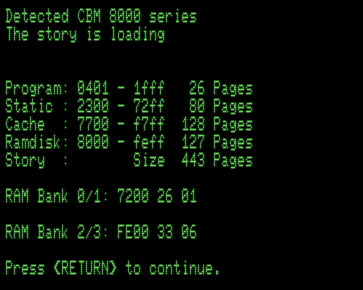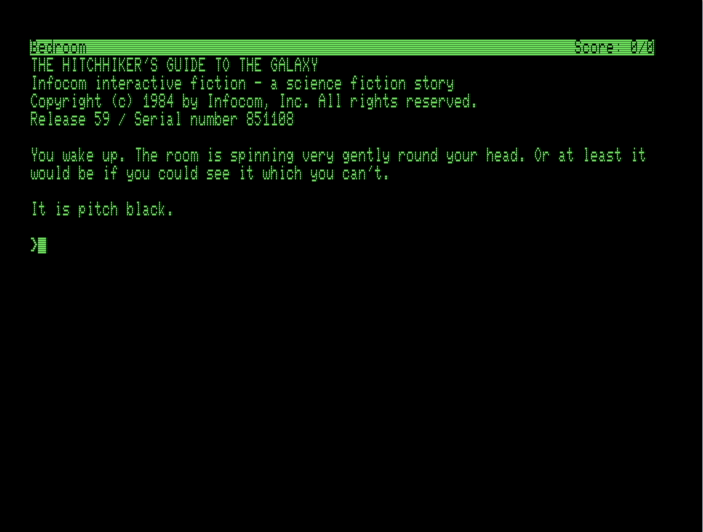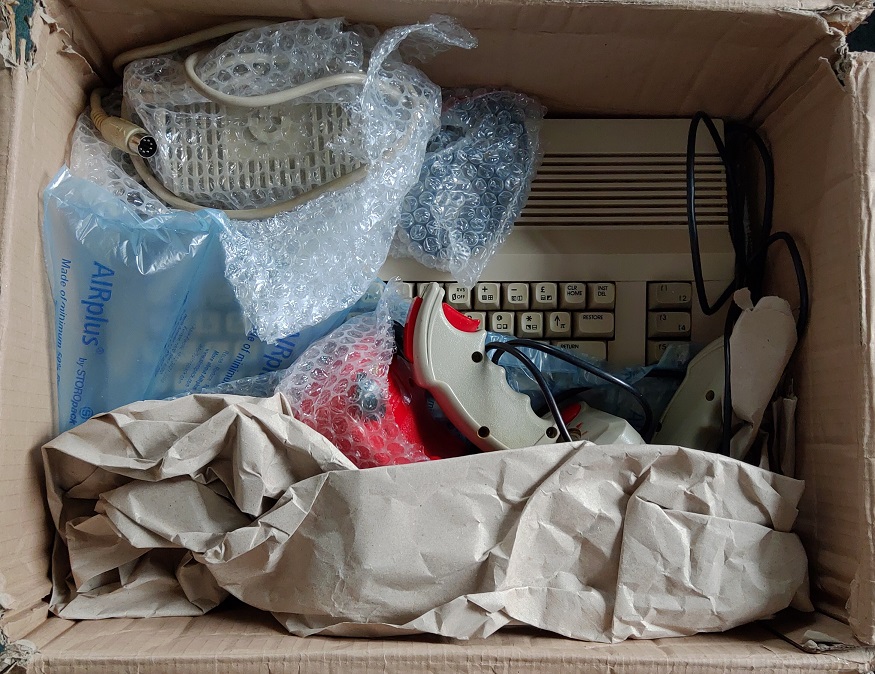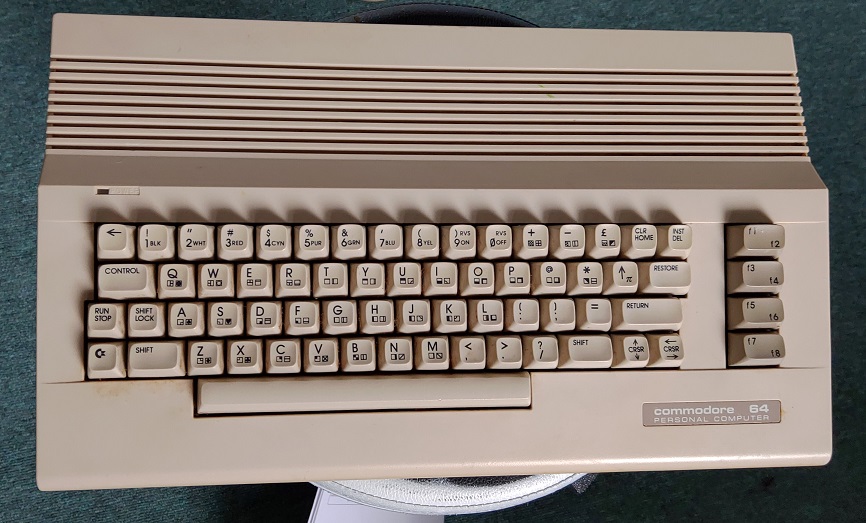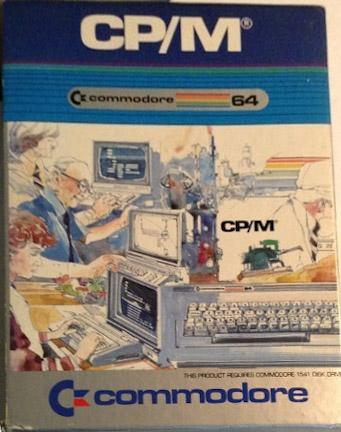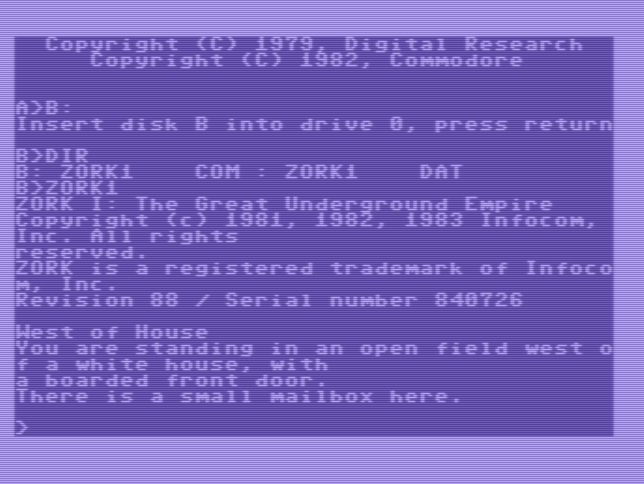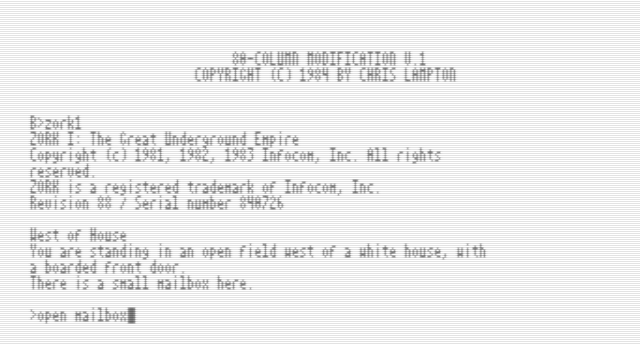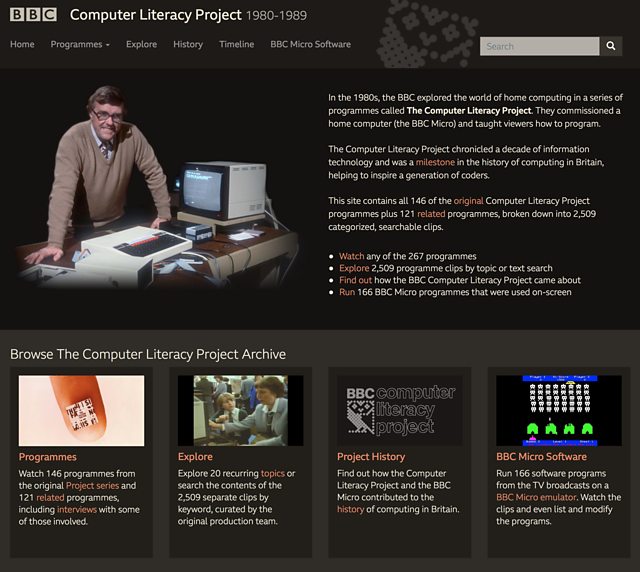I never heard of this one before, but it’s legit!… As long as you have expanded your RAM, Edilbert’s Z-Machine opens up the world of Infocom to a whole host of machines:
- C64
- C128
- CBM 4032
- CBM 8032
- CBM 8096 / CBM 8296
- VC-20 (32K / 40K)
- +4
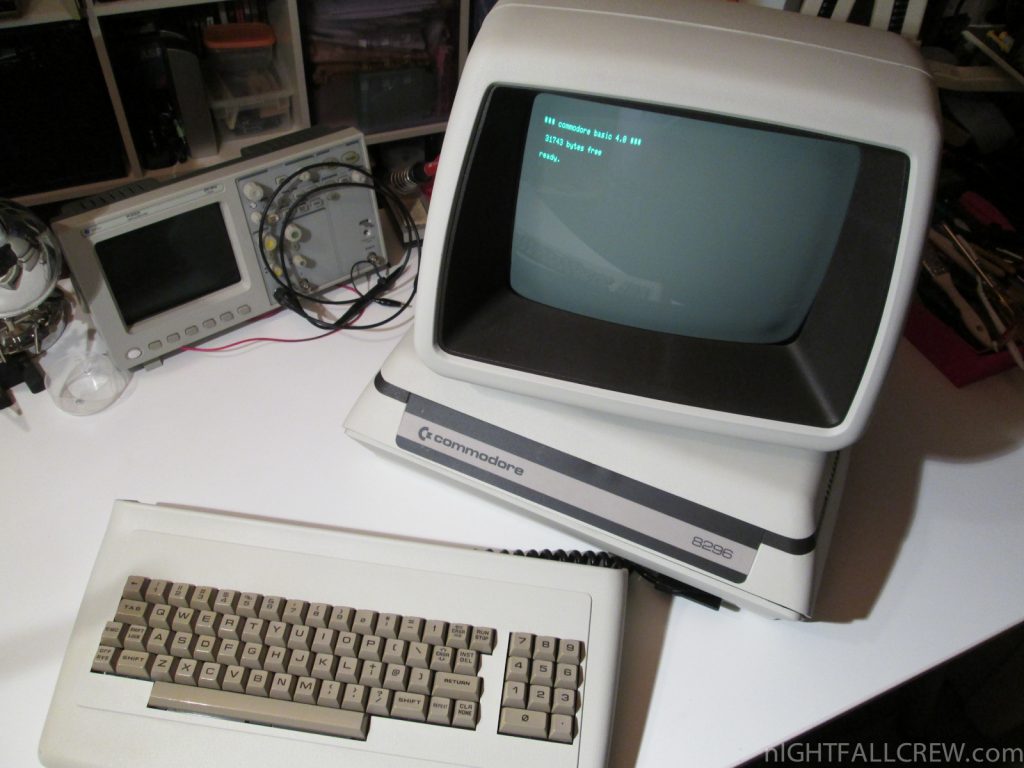
I’ve never seen the more advanced ‘European Business’ PET’s before, I’ve only dealt with the incredibly limited PET 2001-8C Chiclet keyboard models that were so insanely limited. It wasn’t until much later I saw the dual disk drives (4040’s??) that could have helped those machines so much more, but that was that. I’d been asked as a kid to make an electronic card file on an 8kb machine with a single tape drive. Sadly 8 year old me didn’t know about loading and saving sequential records on tape. Or maybe luckily as I can only imagine how insanely slow this would have been, and or tedious to not only save and update, but find things.
Anyways I thought I’d fire up some mythical 8296 beast with 128Kb of RAM. Attaching the disk image, and firing up “LOADER”, you can watch it load up as much as possible into memory:
And once it’s loaded up, the Z-Machine is active!
Now granted I don’t have a PET to test with, but using VICE, I can happily say that for an 8bit machine, this is incredibly fast. Maybe it’s the disk subsystem interface, as the VIC-20/C64 have an absolutely dreadful interface, but yeah wow playing HHGTTG on a non C64!
You can find downloads over at “PET FOOD“.
Anyways this is pretty neat, and all new to me. Just like the Tandy CoCo 6809 interpreter source being found was as well.

